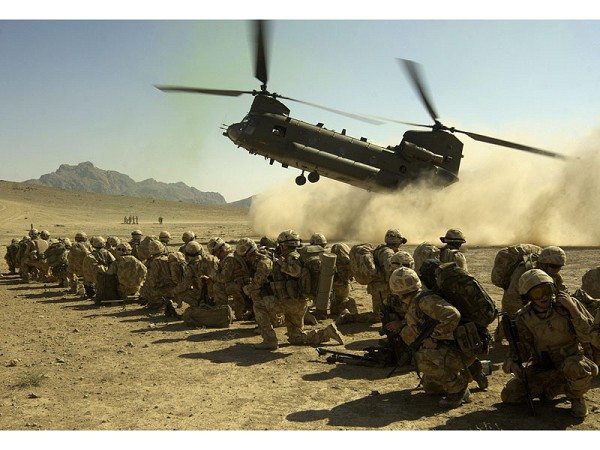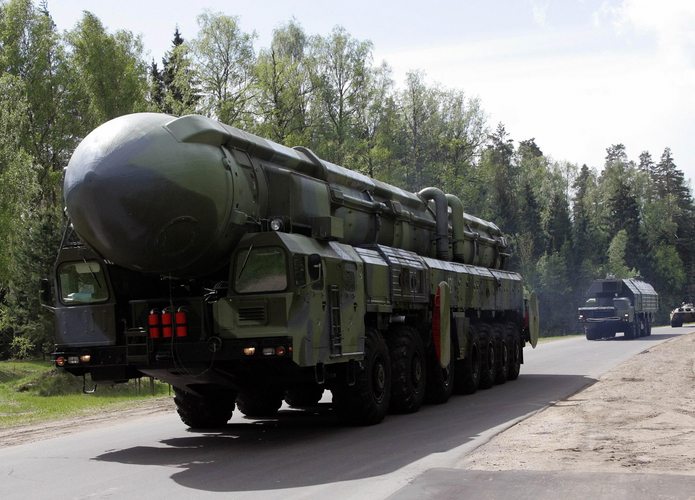In remarks before members of the Association of the U.S. Army, the commander of the Army’s Aviation Center of Excellence at Fort Rucker, Ala., stressed that while there’s no doubt Army aviation continues to meet the needs of the nation today, significant challenges lie ahead for Army aviation as it grows.
Kicking off the two-day AUSA Institute of Land Warfare’s 2012 Army Aviation Symposium and Exposition, Jan. 12, at National Harbor, Md., Maj. Gen. Anthony G. Crutchfield said Army aviation faces four major hurdles as it moves toward 2030.
“One, we’re going from an Army at war to an Army that prepares to go to war,” he said. “Two, we as Army aviators have to define what we need and not what we want, and three, resources are declining … the days of commanders just asking for something and getting it are over, and four, I truly believe that the last ten years of war are not the blueprints for the next war.”
While no one can predict where the next war will be, Crutchfield noted that the Army had flown more than 4.5 million hours in support of operations in Iraq and Afghanistan and aviation units had deployed at a higher rate than anyone else in the Army.
“The appetite for Army aviation is huge and growing,” he said.
“Conflict in the world is not being reduced, and I don’t see a time where we’ll use less Army aviation in the future than we are today,” he said. “It’s going to continue to grow, especially when we look at our doctrine, such as wide area security. How else can you cover wide areas rapidly with reconnaissance, with attack, with sustainment? How else can you do it other than with Army aviation?”
Looking to the future, Crutchfield said the first draft of his Army Aviation 2030 vision paper had been reviewed by what he termed the “six-pack” of general officers in the aviation branch. He said he received great comments and expected to release the final vision paper and subsequent aviation campaign plan at the national symposium, but shared several key points.
“We have seasoned, experienced active and reserve-component aviators today, with combat experience. We’ve got to sustain that with an Army that will not be at war like we are today,” Crutchfield said. “We must make sure we know what our future adversaries can exploit in our formations and in our equipment and we know the Army is changing as we speak and Army aviation has to change with it because Army aviation doesn’t exist for its own worth, it exists to support the United States Army and the goals of the nation.”
Crutchfield also said the Army would need to continue to develop agile and adaptive leaders who can thrive in complex, uncertain environments, while continuing to develop, modernize and deliver what the force needs in equipping.
“We need to be aware of where the world is headed and we need to make that shift in all we do and all our processes and how we develop equipment and how we develop Soldiers,” he said. “We can’t fight Iraq and Afghanistan over and over again. The efforts that are going into our campaign plan, our vision paper, are going to rebuild, retrain and redesign for the future.”











